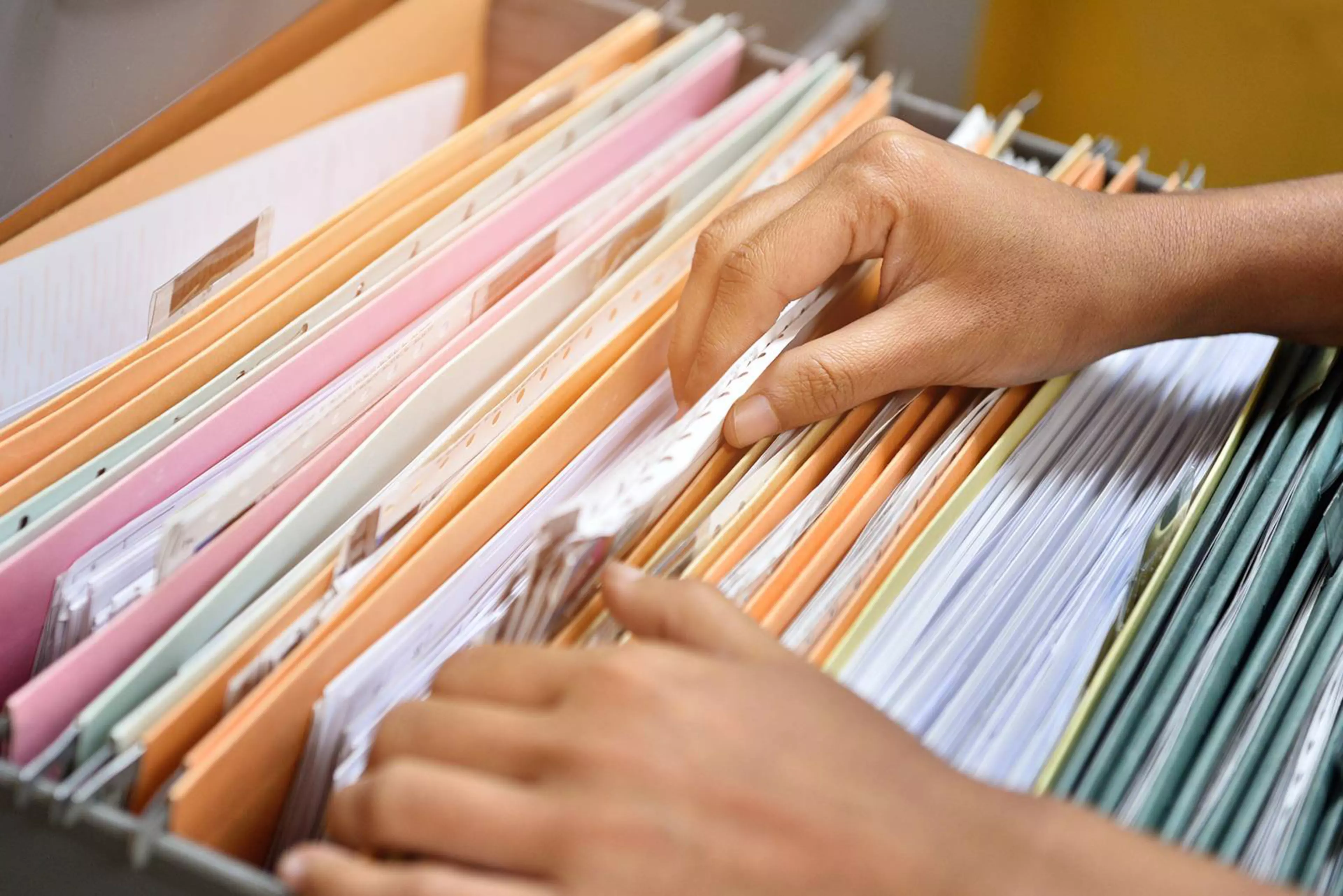It is often time and money, rather than the environment, that are the decisive factors when companies want to save paper. Digital processes offer secure and efficient alternatives to printing on paper. Becoming low-paper or paper-free in the office is more worthwhile now than ever: here are three practical examples.
Paper is the medium of our work. Only that which we hold in our hands exists. So what can be printed, is printed: contracts, invoices, emails, reading material, agendas, Excel tables, presentations. And not just once, but many times, by anyone who wants to ‘physically’ hold the information in their hands.
With the rise of computers, paper consumption has exploded again and is continually growing around the globe. That is bad news for the world and the climate, but also for profits – and unnecessary, because these days it really is easy to reduce paper consumption within a company, or even to get by without paper at all.
DECOS – a company without paper
The Dutch IT company DECOS is a pioneer in terms of paper-free work. Since 2011, they have systematically done everything possible to get by without any paper. Not only at desks, in meetings or in accounting, but also in the kitchen and in the toilets. There, they use a Japanese model. ‘There are no folders, no cabinets and no shelves anymore. We work entirely digitally,’ says company founder Paul Veger. A pleasant side effect is that desks no longer need to be tidied – pens and business cards have been banished and only the computer is to be found there. DECOS itself offers customers software solutions and apps designed to sustainably improve everyday life at work, at home and in communities with digital solutions.
Estonia – a country with digital administration
Since gaining its independence in 1991, the small Baltic republic has consistently relied on digital processes between citizens and administrative offices, firmly convinced that less paper means greater productivity. An appropriate prerequisite for this is the guarantee of free Internet access in the whole country, including in the woods or at the beach. Each citizen has a personal ID for communication with the administrative offices. This was introduced in 2002 and is now used by over 90% of the population. Registering a change of address, a business, personal identification or a birth – all this can be done online with a digital signature and without paper, an appointment or waiting time. More than 600 e-government services are available to the 1.3 million Estonians, from electronic tax returns to e-voting.
Marks & Spencer (M&S) – saving more than just paper with Plan A
The British retail chain, with over 1,400 branches worldwide and an online shop, has been working on ‘Plan A’ since 2007. The plan sees M&S commit itself to 100 specific targets to make it a sustainable company. Among other things, M&S wants to produce ‘zero waste’. To achieve this, paper is being saved wherever possible: in offices, in branches, in dispatch and in marketing. Within four years, the use of printer paper was reduced by 29% and that of packaging paper by 26%. Paper-intensive tasks, such as accounting, pay slips, advertising catalogues and letters, have mostly been digitised. Use of carrier bags has been reduced by 80% since 2007, equating to a total saving of around four billion bags. More and more products in the shops reach the shelves without packaging. Since June, a barcode, use-by date and logo have been lightly lasered onto the skins of avocados. According to M&S, this new technology will save ten tons of paper and five tons of adhesive.
Digital document management can save quite a lot of paper
These examples show that it is possible to work and live with less paper. Whether as a private individual or a company, the technical requirements to do so have been around for a long time: scanners and apps, data management systems (DMS), enterprise content management systems (ECM) or enterprise information management (EIM). Legally, too, the prerequisites to make digital processes secure have been put in place in Europe. The benefits quickly become tangible and visible to all: no running metres of folders in the cabinets. A quick search to locate a document, at any time and anywhere. For anyone who needs to find it. Hardly any costs for office materials and postage, and a tidy desk. Saving paper not only brings benefits like saving time and money and helping the environment, but also makes employees more productive, and sometimes even happy.



